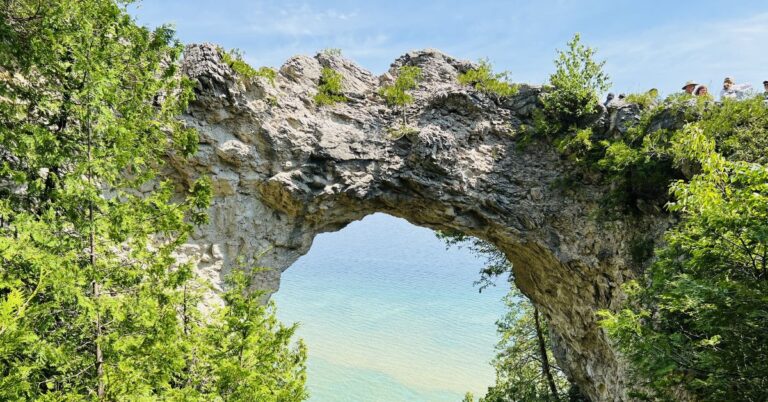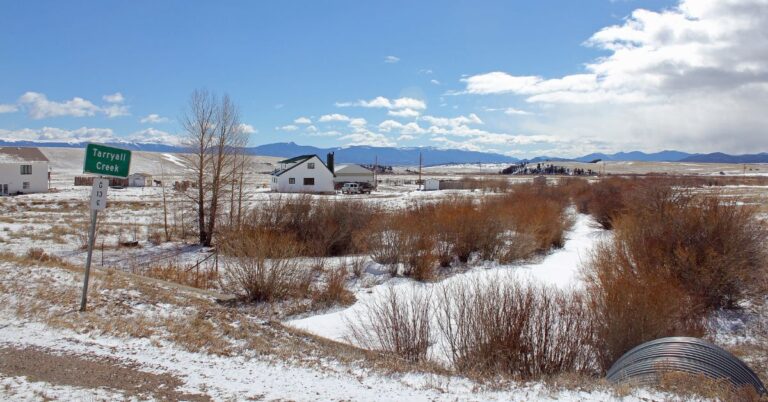15 U.S. Towns Where Industry Thrived Then Disappeared

These towns built America’s might, steel by steel, shift by shift. But when industries vanished, so did livelihoods. What remains is rust and stories buried in brick. This is what the industry left, and it still lingers in their empty streets and fading town lines.
Gary, Indiana
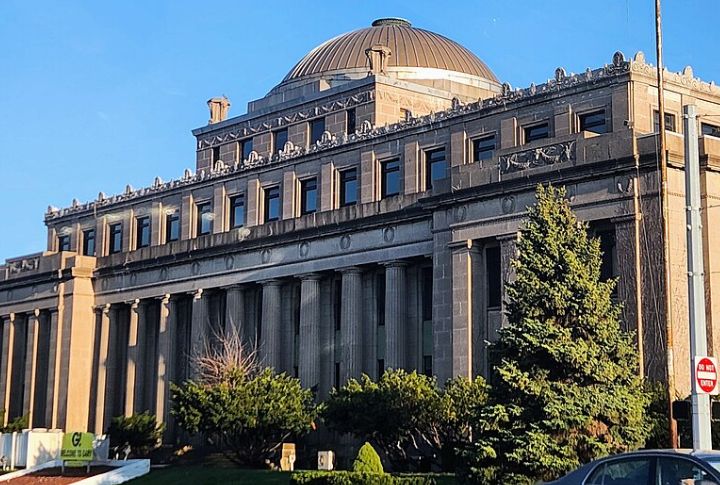
Founded in 1906 by U.S. Steel, Gary was once a beacon of American industrial strength. The mills attracted thousands, but by the 1970s, automation, and suburban migration had stripped the city of its industrial base and drained its economy. And above that, racial tensions deepened the divide.
Flint, Michigan

Flint thrived when General Motors ruled its streets. However, as GMC downsized in the 1980s and ’90s, plants closed, and poverty surged. The 2014 water crisis exposed decades of neglect. Contaminated pipes and broken trust became the stark legacy of a city left behind.
Bethlehem, Pennsylvania
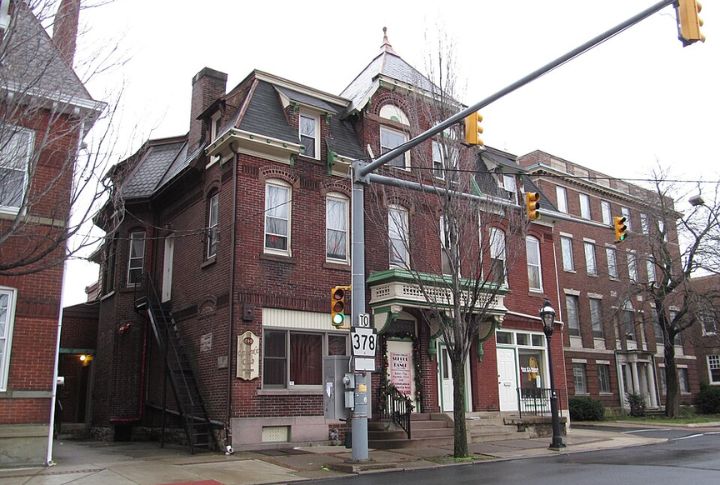
Now a cultural venue, the former Bethlehem Steel site welcomes visitors, but its rusted furnaces still show you its past glory. For nearly a century, these towering structures helped forge warships and skyscrapers. That legacy crumbled in 2001, undone by foreign competition and outdated industrial practices.
Centralia, Pennsylvania
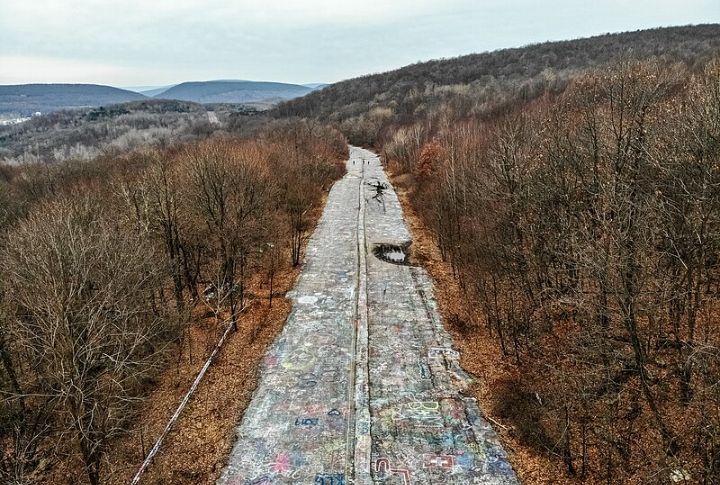
In 1962, a coal seam fire sparked beneath Centralia. Officials failed to contain it, and poisonous gases drove residents away. As the ground buckled and homes vanished, the government condemned the town. Fewer than ten residents remain. Its smoldering silence echoes a manmade disaster still burning.
Camden, New Jersey
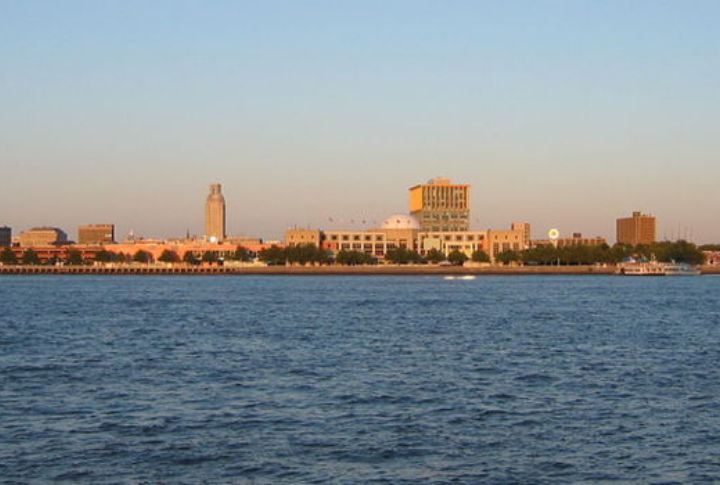
Home to shipyards, RCA, and Campbell Soup, Camden once bustled with blue-collar pride. However, poverty soared after factories closed and companies fled in the late 20th century. What followed was violent crime and decay. Revitalization is underway, but parts of the city still feel abandoned by time.
Youngstown, Ohio
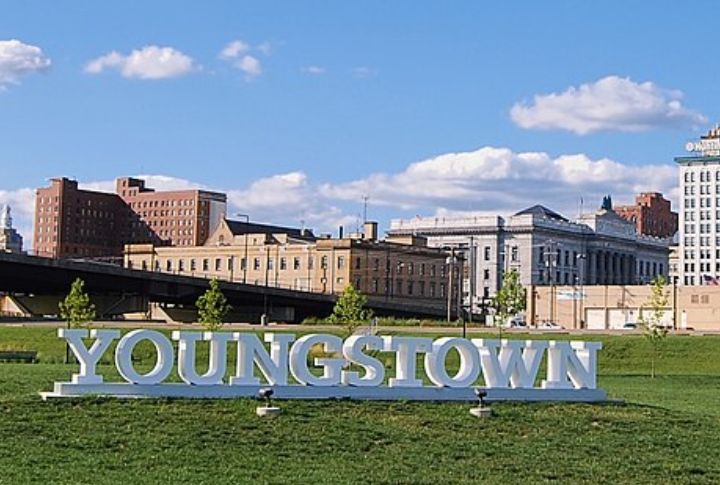
September 19, 1977, became known as “Black Monday” when Youngstown Sheet & Tube abruptly closed its doors. Thousands lost their jobs overnight. And that moment marked the unraveling of the Rust Belt. Once a thriving steel town, Youngstown never recovered after this betrayal.
Picher, Oklahoma
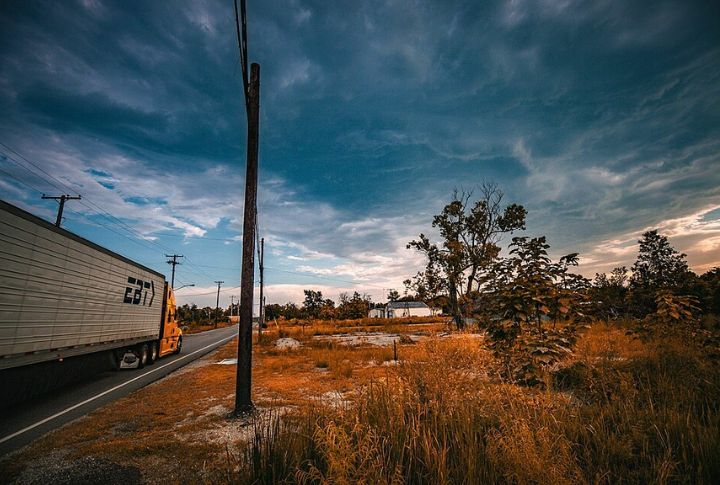
Picher’s lead and zinc mines once helped win wars and fuel growth. However, the cost was toxic. Sinkholes and lead dust forced a federal evacuation. Declared uninhabitable in 2009, Picher became a cautionary tale, its silent streets littered with the wreckage of industrial success.
Lowell, Massachusetts
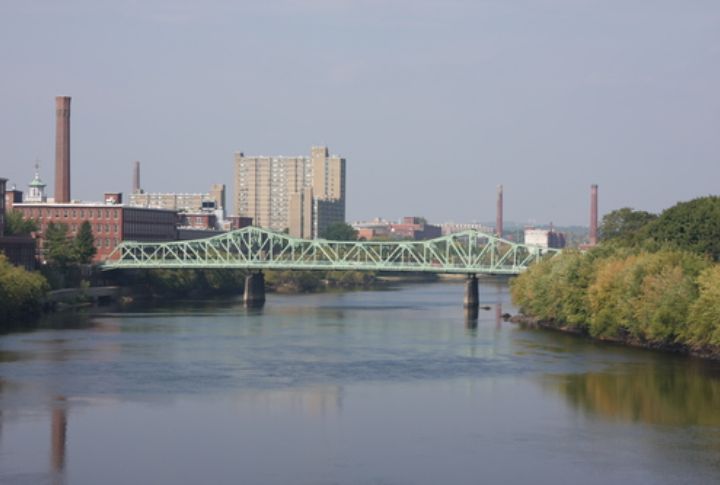
Today, Lowell is part museum, part memory, preserved yet removed from its industrial pulse. Home to the country’s textile boom, the region echoed with machinery and the footsteps of mill girls. But by mid-century, Southern and foreign competition forced the looms to stop and the workforce to vanish.
Scranton, Pennsylvania
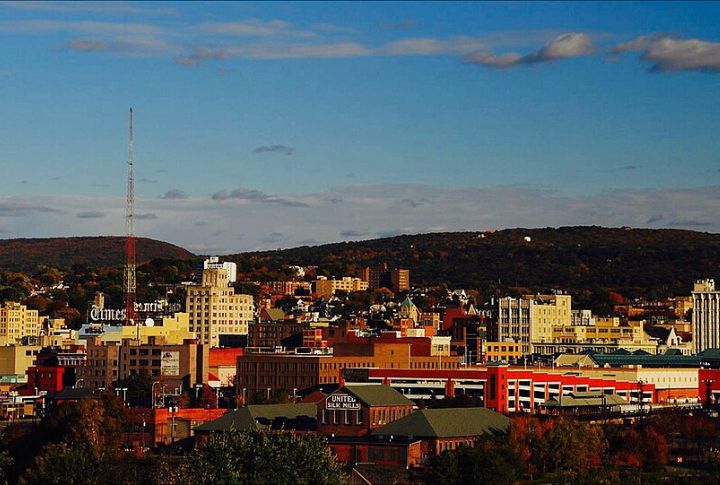
Scranton boomed as a coal and rail powerhouse, which helped fuel America’s industrial engine in the 19th century. As coal demand dropped and factories disappeared, Scranton’s economic engine slowed. The 1990s marked a turning point when tourism and memory replaced manufacturing.
East St. Louis, Illinois
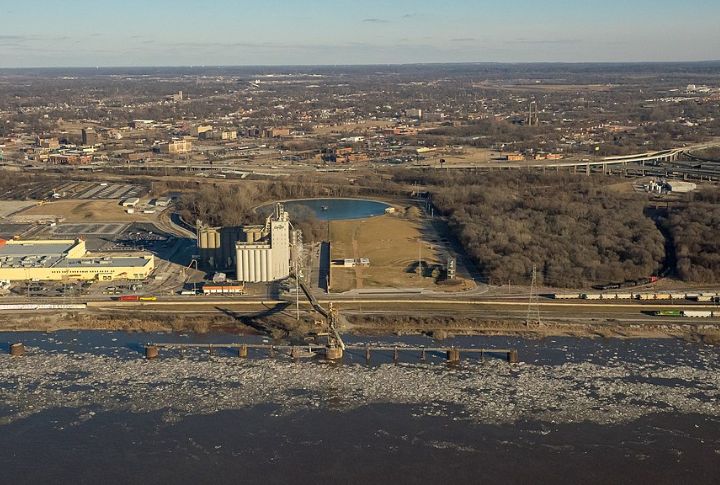
With its booming stockyards and railways, East St. Louis thrived in the early 1900s. But disinvestment followed a mass exodus of white residents to the suburbs, draining the city of resources and stability. Despite rebuilding efforts, decades of systemic neglect have made recovery slow and uneven.
Braddock, Pennsylvania

Although Braddock’s steel roots run deep, it’s better known today for its battle to stay relevant. The birthplace of Andrew Carnegie’s first steel mill has dwindled dramatically over the decades. Former mayor John Fetterman pushed for art spaces and urban farming to rebrand Braddock brick by brick.
Rockford, Illinois

Once a national leader in furniture manufacturing and machine tools, Rockford thrived on blue-collar strength. Global competition and automation gutted its workforce in the 1980s, and the city’s industrial base never recovered. Empty warehouses stand as relics of a productive era, while Rockford searches for a new path forward.
Johnstown, Pennsylvania
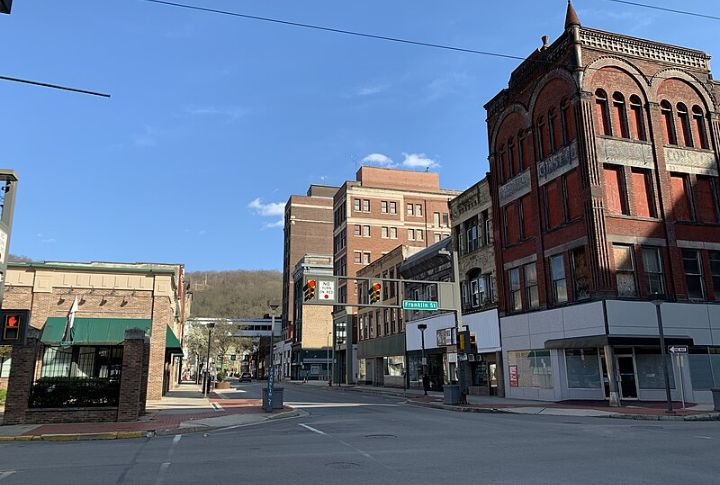
Federal aid and small-scale revival projects keep Johnstown afloat, which echoes its will to endure. Its history carries the scars of devastating floods, especially the 1889 disaster that claimed over 2,000 lives. The industry helped it recover for decades, but the steel mills eventually shut their gates for good.
Cairo, Illinois

Cairo thrived where the Mississippi and Ohio rivers came together, fueled by mid-century commerce. Then came decades of segregation, protests, and economic decline, which drove out businesses and hollowed neighborhoods. The riverfront still holds grand buildings, though many sit quietly, waiting for footsteps that no longer come.
Butte, Montana
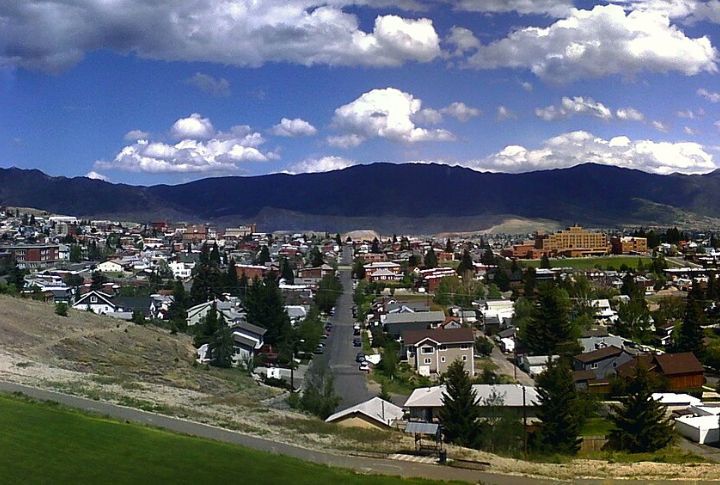
Once among the West’s wealthiest towns, Butte attracted waves of immigrants searching for copper fortunes. Its rise was rapid, but its decline soon followed. Today, the Berkeley Pit, a vast, toxic open mine, looms over the community. Here, industrial heritage coexists with long-standing environmental consequences.




